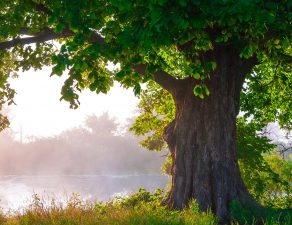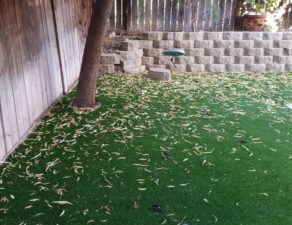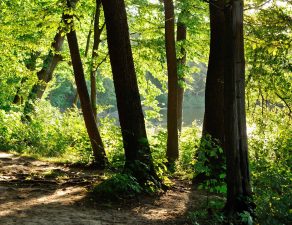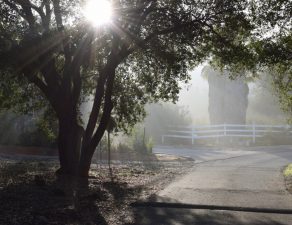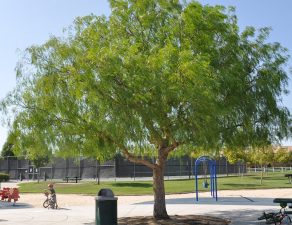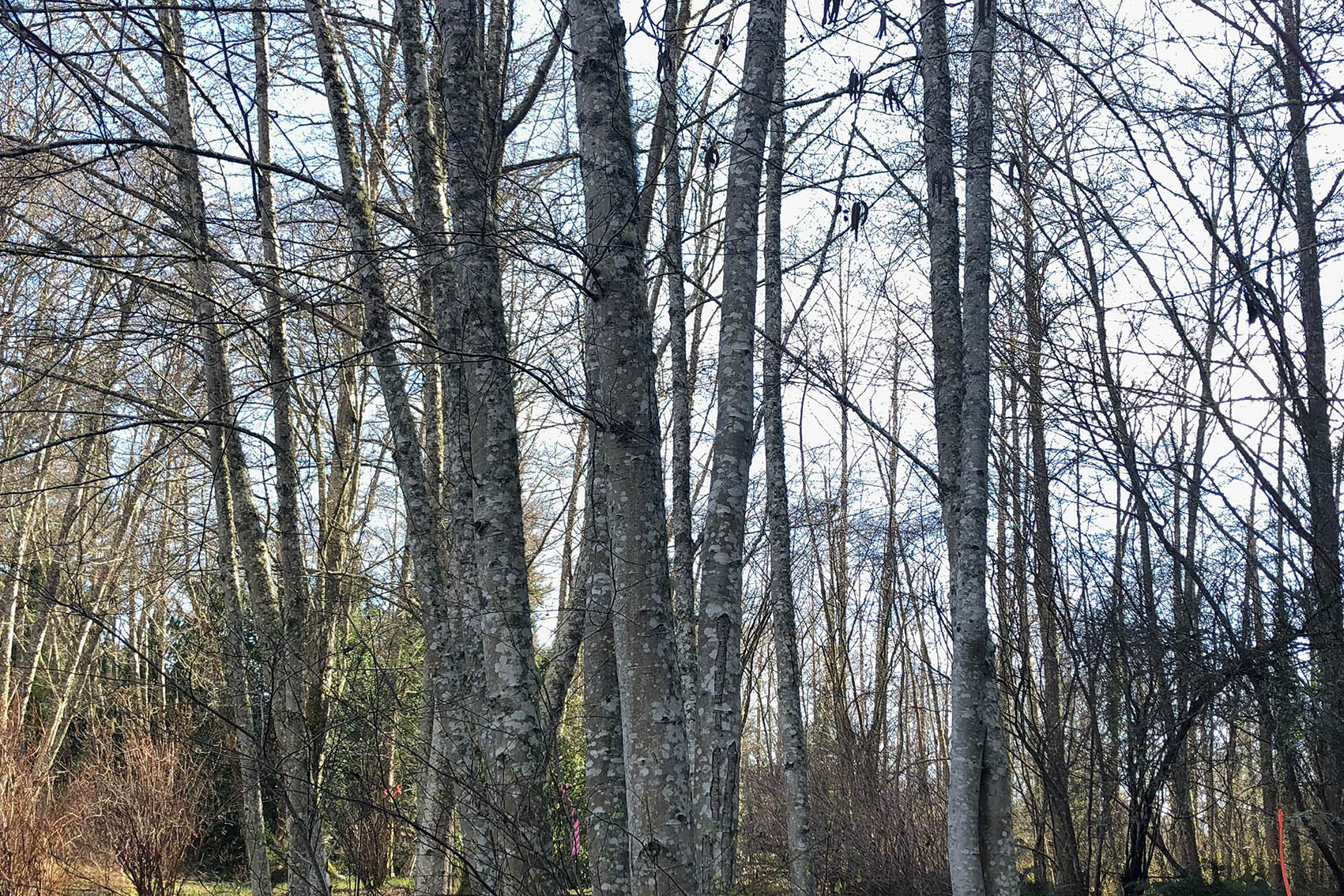
If you purchased a home this year, you are probably still learning about the yard. Each season, your gardens, lawn, and trees will change, and bring up new questions. In fact, it can take about a year or so before most new homeowners feel comfortable with lawn and garden maintenance.
In particular, you might be feeling a bit worried about your trees right now. Once some trees shed all of their leaves in the fall, they enter a dormant stage that is not only less attractive, but can actually give you the impression that they’ve died.
In most cases, this is totally normal. Deciduous trees, like oaks, maples, and many more, experience this pattern every year. In a few months, beginning in early spring, you will be relieved to see brand new leaf buds appearing on the branches of these trees. But yes, right now they might look “dead” compared to evergreen trees like pines, which stay green all year because they do not shed their leaves.
If you’re still feeling worried, there are a few ways to give your deciduous trees a quick “check up”.
Do a scratch test. Using a sharp knife (or a fingernail), scratch a piece of bark away from a branch. The tissue inside should be firm and green on the inside. Dampness is a good sign, whereas severe dryness is not. Stems that are brittle and crack easily are usually dead.
Examine your tree for signs of rot or decay. Sometimes these signs are fairly obvious, especially if the tree has been dead for a while. In other cases you might only find small decaying spots, or signs of rot only after peeling away a bit of the bark.
Check for mushrooms. Mushrooms around the base of a tree are often a sign of death, since mushrooms tend to grow on decaying matter.
If you’ve checked your tree and suspect that it is dead, call a certified arborist (tree company) soon. A dead tree can pose numerous risks, from fire to falling to attracting termites. Dead trees should be removed promptly in order to protect your home.

